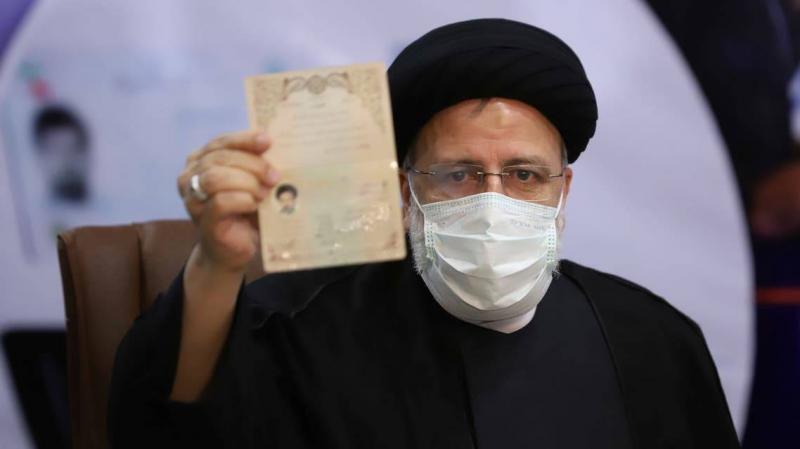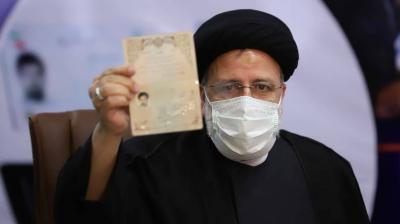Under the title "3 Challenges Facing Iran's New President: A Strained Economy and Isolated Banks," the Al-Arabiya website reported on the election of Iran's new president, Ebrahim Raisi. The site noted that Raisi faces numerous challenges in the coming period, primarily the burdened economic situation, amid the absence of a clear strategy to address this issue. The elected president vowed to improve the Iranian economy and elevate living standards for families by focusing on the country's local resources, trade relations with allies, and boosting industrial production; however, the challenges on the ground are significant.
Raisi will face enormous challenges as U.S. sanctions remain in place and Iranian banks are isolated from a considerable part of the global economy due to violations of the nuclear agreement. Below are three key areas highlighting the magnitude of the difficulties Tehran faces and its main economic problems, according to a report by Bloomberg.
**Collapse of the Rial**
The Iranian currency has lost 80% of its value against the dollar since the U.S. withdrew from the nuclear agreement during former President Donald Trump's administration in 2018. The economy also sharply contracted after Trump reimposed sanctions on the country, leading to a significant decline in the rial. The government of former President Hassan Rouhani attempted to control financial markets using a fixed exchange rate; however, this policy had counterproductive results, exacerbating the crisis and leaving millions of ordinary families struggling to cover their expenses. Additionally, purchasing power has significantly declined with rising inflation and a substantially weaker currency, adversely affecting income.
**GDP Under Trump**
Simultaneously, the U.S. effectively banned Iranian crude oil sales by threatening other countries with sanctions if they purchased energy from Tehran. The decline in oil revenues, productivity in the sector, and scarcity of foreign currencies hampered economic growth. Before Trump’s sanctions, the International Monetary Fund had forecast Iran's GDP to grow by about 4% in 2019, but instead, it contracted by more than 6%.
**Decline in Trade with the European Union**
Trade between Iran and the European Union has decreased by 85% since 2017, with the EU, which leads negotiations in Vienna to revive the nuclear agreement, being one of Tehran's largest trading partners before the reimposition of U.S. sanctions. Moreover, Rouhani's government was eager for the bloc to resume its position as Iran’s largest foreign trading partner after the nuclear agreement took effect in 2016. However, these plans abruptly halted after the reinstatement of sanctions, and Iran's imports from the EU dropped by 80% by the last quarter of 2020.
During his campaign, Raisi emphasized building trade relationships and export markets with regional allies and did not address the future possibility that Iran could regain agreements with foreign companies that left after the reinstatement of sanctions in 2018. Hardliners often advocate for stronger ties with China and Russia rather than Europe, according to Bloomberg. Many observers do not expect the current president, due to his hardline stance with the West, to revitalize the country's economy as hoped by Iranians.




